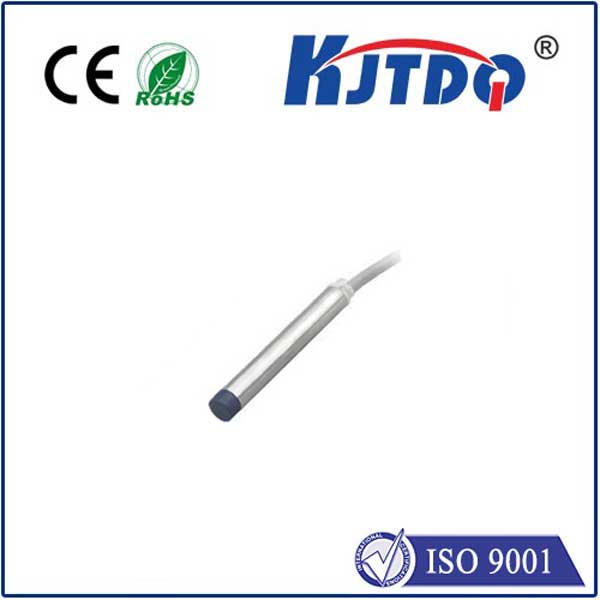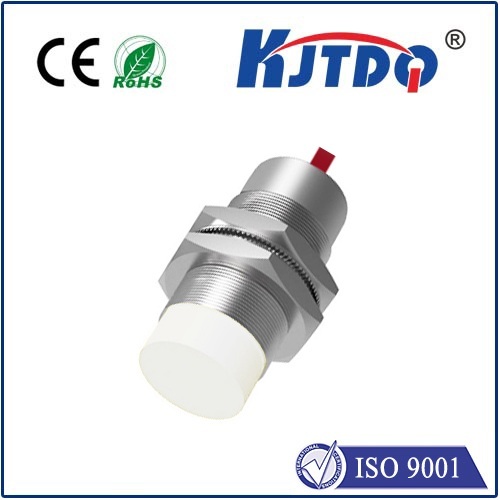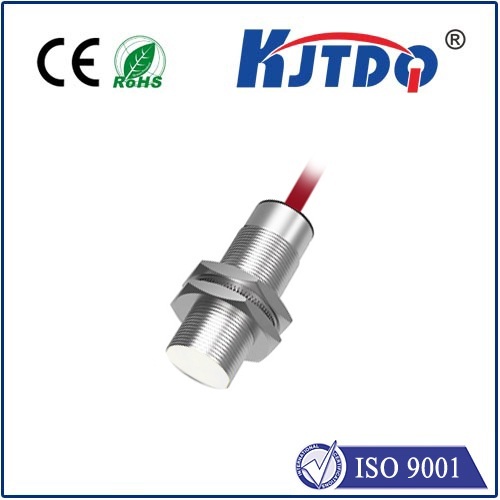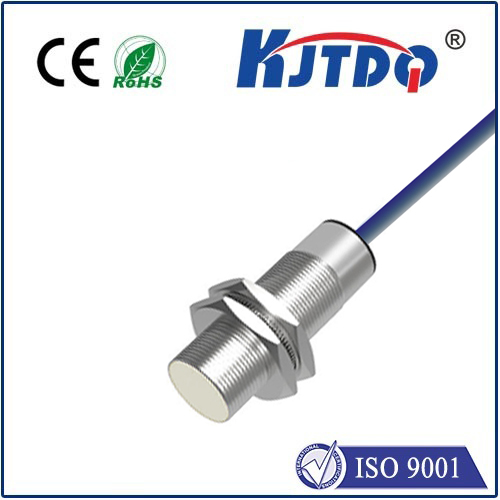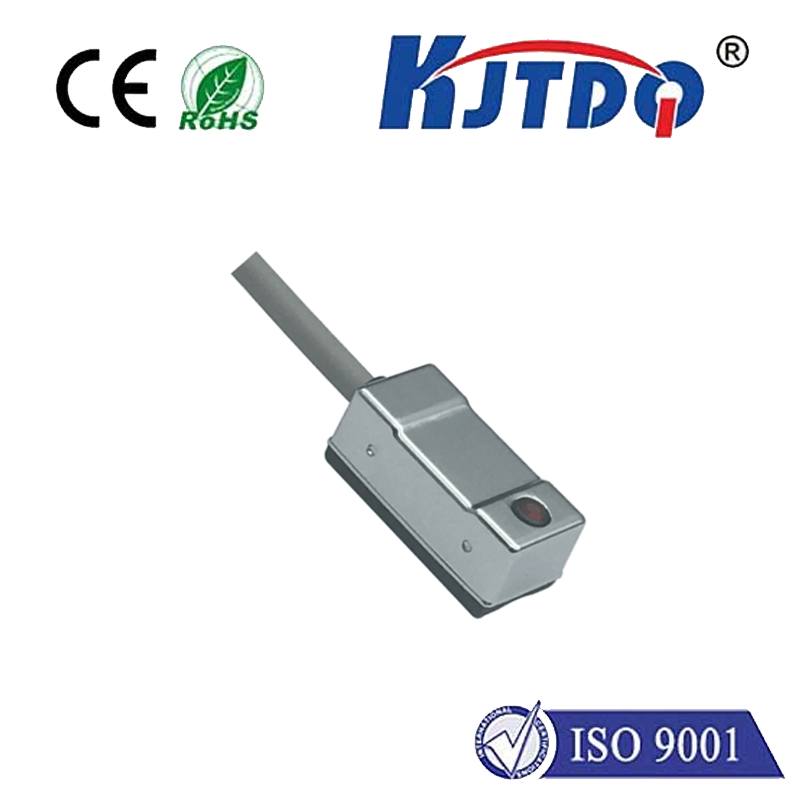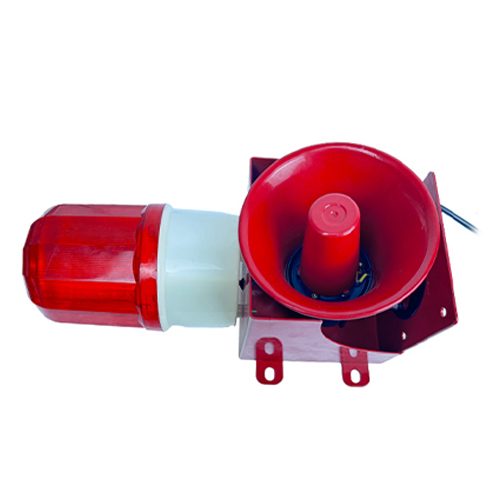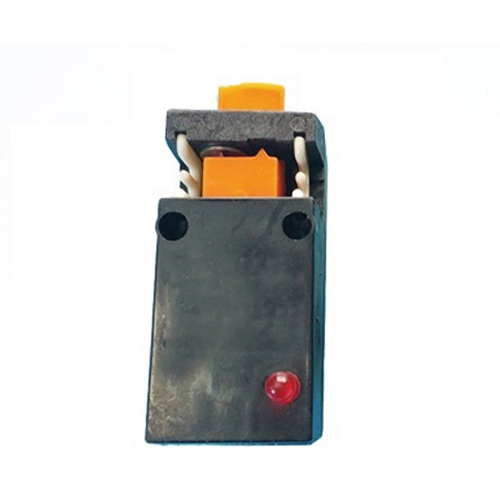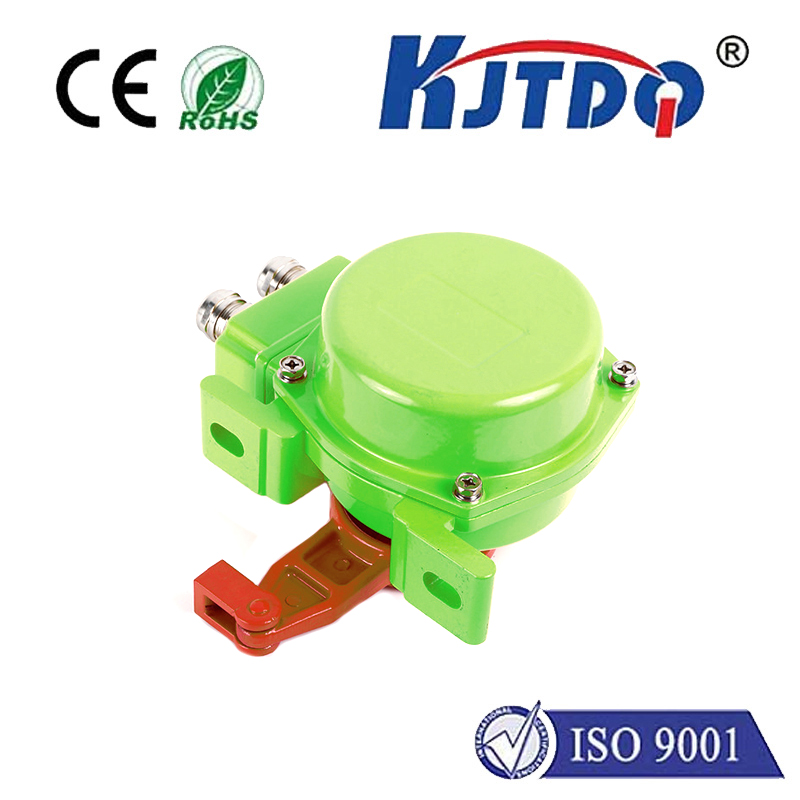proximitor sensor
- time:2025-07-18 08:34:20
- Click:0
Proximity Sensor Power: The Hidden Tech Detecting Your World
(Note: The term “proximitor sensor” appears to be a less common variant or potential misspelling of the widely used “proximity sensor”. This article will use the standard term “proximity sensor” for clarity and accuracy, while acknowledging the search intent behind “proximitor”. The fundamentals and applications remain identical.)
Did you ever wonder how your smartphone screen dims when held to your ear? Or how modern factories churn out products with robotic arms moving with uncanny precision, inches from human workers? Or even what prevents your garage door from closing if your bike is in the way? The invisible hero behind these everyday marvels is often the proximity sensor. These unassuming electronic sentinels operate silently, detecting the presence, absence, or position of nearby objects without physical contact. They are the unsung enablers of automation, safety, and intuitive interaction in our increasingly tech-driven world.
Understanding the Core Principle: Contactless Detection
At its heart, a proximity sensor functions by detecting changes in a local field or beam. When an object enters this predefined detection zone, it alters the field’s properties (like capacitance, inductance, magnetic flux, or light reflection). The sensor’s internal circuitry senses this disturbance and triggers an output signal – typically turning a switch on or off, or providing a distance measurement. This fundamental principle of non-contact operation is crucial. It means no wear and tear from physical touching, allowing for high reliability, long life, and operation in harsh environments where dirt, grease, or vibration would cripple mechanical switches.
A Spectrum of Sensing Technologies
Not all proximity sensors are created equal. The optimal technology depends heavily on the target material, required sensing range, environmental conditions, and cost. Here’s a look at the most prevalent types:
- Inductive Proximity Sensors: These are the workhorses of industrial automation. They generate an oscillating electromagnetic field. When a metallic target enters this field, it induces tiny eddy currents within the metal, which dampen the field. The sensor detects this energy loss. Highly robust, immune to dirt, oil, and moisture, they excel in detecting metal parts on production lines, monitoring machine position, and providing end-of-travel verification. Key limitations? They only detect metals, and their range is relatively short (typically millimeters to a few centimeters).
- Capacitive Proximity Sensors: These sensors operate by detecting changes in capacitance – the ability to store an electrical charge. They generate an electrostatic field. Any object (metal, plastic, wood, liquid, powder, or even a human body) entering this field alters its capacitance. This makes them incredibly versatile for detecting a vast array of materials. Common uses include level detection in tanks (liquid or granular solids), detecting non-metallic objects on conveyors, and touch-sensitive controls. Humidity and extreme material build-up can sometimes affect accuracy.
- Photoelectric (Optical) Sensors: Using light beams (visible, infrared, or laser), these sensors detect objects by either interruption of the beam (through-beam) or reflection of the beam (retro-reflective or diffuse reflective). They offer the longest sensing ranges among common proximity sensors, from centimeters up to tens of meters. Diffuse reflective sensors bounce light directly off the target, making them compact and easy to install, though performance can vary with target color and finish. They are ubiquitous in packaging lines, object counting, and automatic doors.
- Magnetic Proximity Sensors (Reed Switches): These simple, low-power sensors activate when exposed to a magnetic field from a permanent magnet. They are often used for door/window position sensing (security systems), cylinder position detection in hydraulics/pneumatics, and simple limit switches. They require a magnet on the target.
- Ultrasonic Sensors: Emitting high-frequency sound waves, these sensors measure the time it takes for an echo to return from a target, calculating distance. Excellent for detecting varied surfaces and operating well in dusty or foggy environments where optics might struggle. Used in level sensing, object detection (regardless of color/transparency), parking assistance systems, and robotics obstacle avoidance.
- Piezoelectric Sensors: Less common for general proximity but used in specialized vibration detection or touch sensing applications.
Where the Magic Happens: Ubiquitous Applications
Proximity sensors are fundamental building blocks across countless industries and devices:
- Industrial Automation: The undisputed powerhouse. They count parts on high-speed lines, verify assembly (e.g., is the bottle cap present?), detect jams, control robotic arm positioning, sense cylinder end positions, and provide machine safety interlocks preventing operation when guards are open. Their reliability and non-contact nature are critical here.
- Consumer Electronics: Your smartphone uses capacitive or infrared proximity sensors to turn off the screen during calls saving power. Touchscreens rely on capacitive principles. Laptops might use them to sleep when the lid closes.
- Automotive: Essential for modern vehicles: parking assistance systems (ultrasonic), blind-spot monitoring, keyless entry/start (detecting the key fob), collision avoidance systems, and seat occupancy detection for airbags.
- Building Automation & Security: Automatic doors (photoelectric), lighting control (occupancy sensing), security systems (detecting window/door opening via magnetic sensors), elevator positioning.
- Appliances: Dishwashers and washing machines detect door closure (magnetic or inductive). Microwave ovens turn off when the door opens. Coffee machines detect water level (capacitive). Vending machines detect coins.
- Robotics: Enabling collision avoidance, object detection for pick-and-place, guidance along paths, and safe human-robot collaboration (cobots).
- Medical Equipment: Used for non-contact positioning of devices, fluid level detection, and safety features.
Key Advantages Driving Adoption
Why have proximity sensors become so pervasive? Their benefits are compelling:
- Non-Contact Operation: Eliminates friction, wear, and potential damage to both sensor and target. Ensures long operational life.
- High Reliability & Speed: With no moving parts (in most types), they offer exceptional reliability and can detect objects at very high speeds, essential for modern manufacturing.
- Harsh Environment Tolerance: Many types (especially inductive and ultrasonic) are sealed and can operate effectively in environments contaminated with oil, dust, moisture, or extreme temperatures.
- Versatility: The range of technologies (inductive, capacitive, photoelectric, ultrasonic, etc.) allows for solutions tailored to detect almost any material at varying distances and under challenging conditions.
- Maintenance-Free Operation: Once installed correctly, most proximity sensors require minimal to no maintenance, reducing downtime and costs.
The Future is Present: Smart Sensors and IoT Integration
The evolution of proximity sensing continues. Smart proximity sensors are emerging, integrating onboard diagnostics, self-monitoring capabilities, and digital communication interfaces (like IO-Link). This enables predictive maintenance (alerting before failure),





